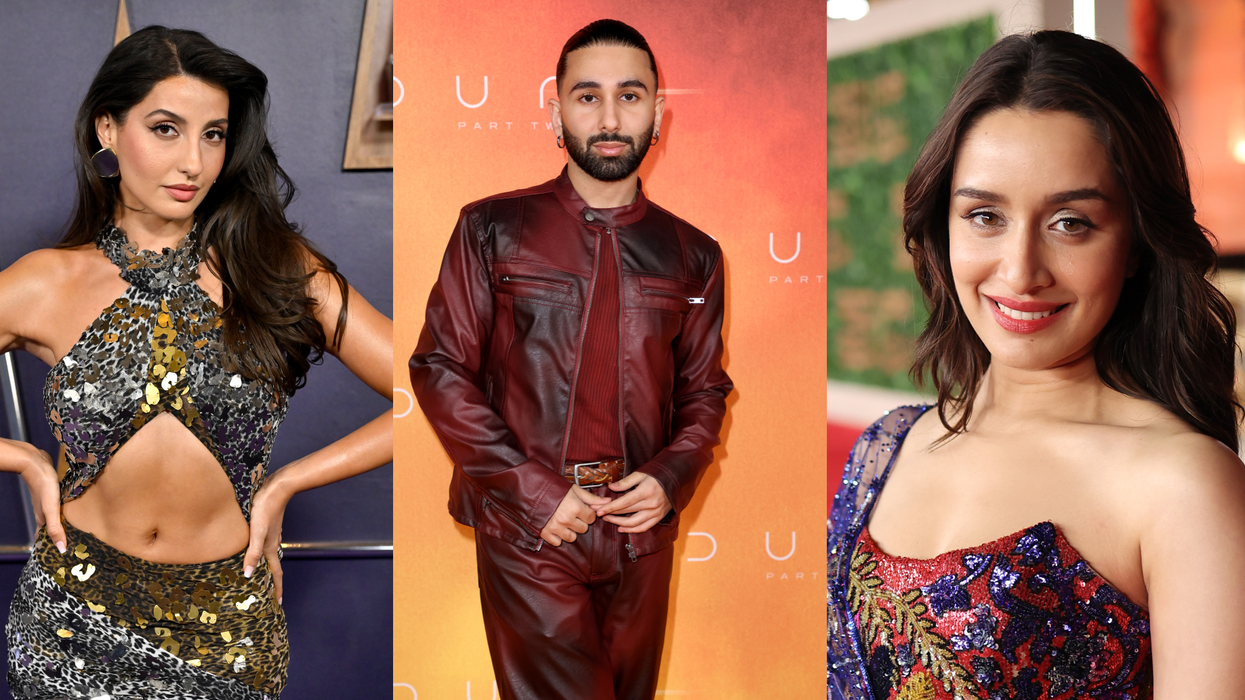FANS of classic Bollywood film music have been tuning into newly launched radio station Lyca Gold, and a big highlight has been the Gold Drivetime show hosted by Khush Saikia.
The talented presenter entertains listeners with golden oldies, features, live chat, news headlines, recipes and a whole lot more.
Eastern Eye caught up with Khush for a free-flowing conversation on the new Lyca Radio sister station, her show, classic Hindi film songs and who she rates as the greatest Bollywood singer.
How did you decide that you wanted to be on radio?
I always had a passion for media and was part of many TV and radio shows in the UK and the US. So when the opportunity to join the Lyca media team came up, I grabbed it and now there is no looking back.
How do you feel about being part of Lyca Gold?
It’s like being part of a bigger family. Innovations and positive changes are driving both stations forward in the right direction. We all feel humbled to be part of this great success.
Tell us about your show?
The Gold Drivetime show from Monday to Friday, 4-7pm with me, includes quick recipe ideas, Din Ki Gupshup, where I touch upon top headlines and stories along with Sahi Ya Galat, where I interact with listeners and get their responses to the feature of the day. I finally wrap up my final hour with a popular Bollywood brainteaser game called Goldflix. It is three hours of high energy, fast-paced, informative, and interactive features for your drive home. Just you and me, me and you, saath saath, saat baje tak (together until 7pm).
With so many songs to choose from, how do you decide which ones to play?
If you ask any presenter, they will tell you that this is the easiest yet hardest part of the job at times. We spend a lot of time behind the scenes scrutinising each hour of the show, based on the day, time, weather and current news on that day. All of it has an impact on the design and mood of the show and its flow. But most importantly, we always keep what the listeners want in mind.
What has the response been to your show and the station so far?
It’s amazing to see all the positive feedback that we are receiving for the shows and stations. Not just for the newly launched Lyca Gold, which is on 1035AM, but also our sister radio station Lyca Radio, which is on 1458AM. We have made many positive changes in the past few months and the response has been great. It’s very encouraging. We will always work to improve listener engagement in our shows to drive the stations forward.
What old Bollywood music dominates your own playlist?
All of it. Being the first and only retro music station in the UK, it’s been incredible to take our listeners on a journey back in time. However, personally, I think the 1970s was the best decade in Bollywood music.
Is there one Bollywood song you can never get tired of?
This is a hard one, but Dekha Ek Khwaab from Silsila and Jumma Chumma De De from Hum are my all-time favourites.
Who do you think is the greatest Bollywood singer of all time?
Two names come to mind for their versatility and vocal range. Their songs vary from sad and romantic tracks to fast and peppy numbers. So, for me, Asha Bhosle and Kishore Kumar are the greatest.
Why do you think they were able to make better and more enjoyable music in the past?
Bollywood retro songs have had some amazing melodies and understandable lyrics. The timeless songs are also very relatable. The singers of that era were undoubtedly the best Indian music ever produced, be it Mohammad Rafi saab, Lata Mangeshkar-ji, Asha Bhosle-ji and Kishore Kumar da. All great legends. Their voices had a magic quality that connected lyrics to audience’s hearts. The music composers too were great at that time. It was a harmonious combination of talented artists coming together to bring just one song to life.
What are the future plans for your show?
We are constantly working behind the scenes to keep our shows fresh and creative. A few new concepts are coming up on Gold Drivetime, which we will be testing out in the coming weeks. You will have to tune in to know more. We can’t give away all our secrets, can we?
Finally, why should we all tune into Lyca Gold?
One simple answer – it’s the only Bollywood retro music station in the UK with amazing
presenters.
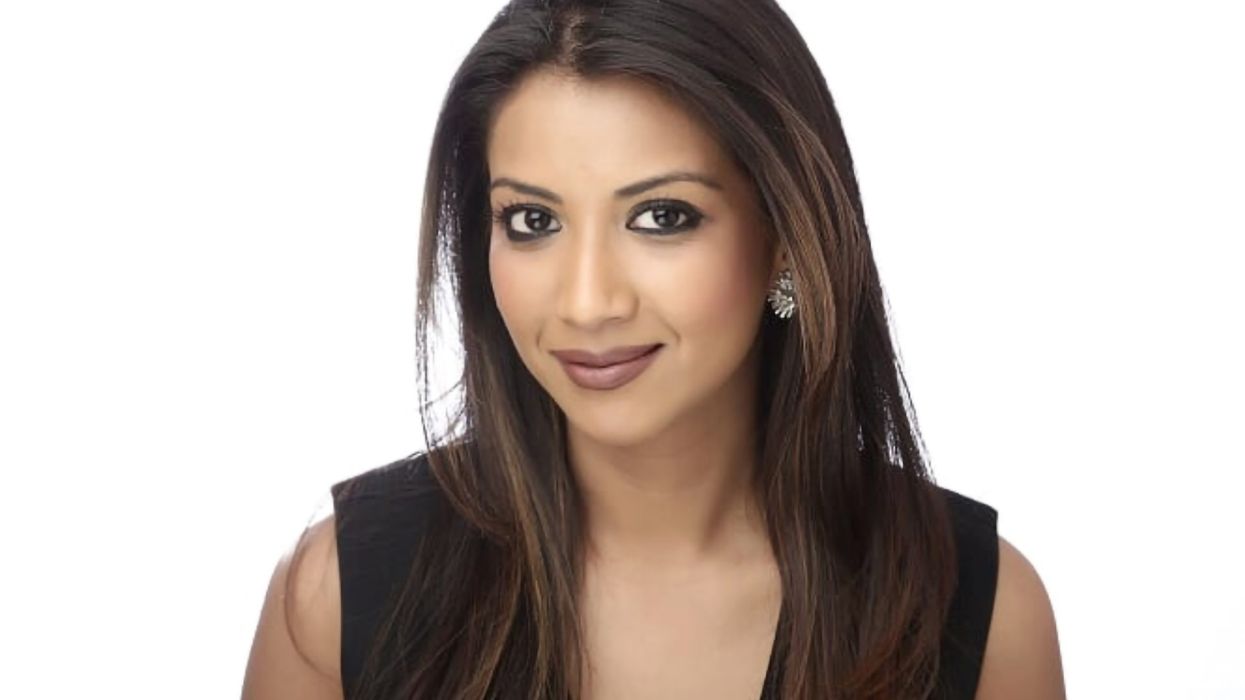




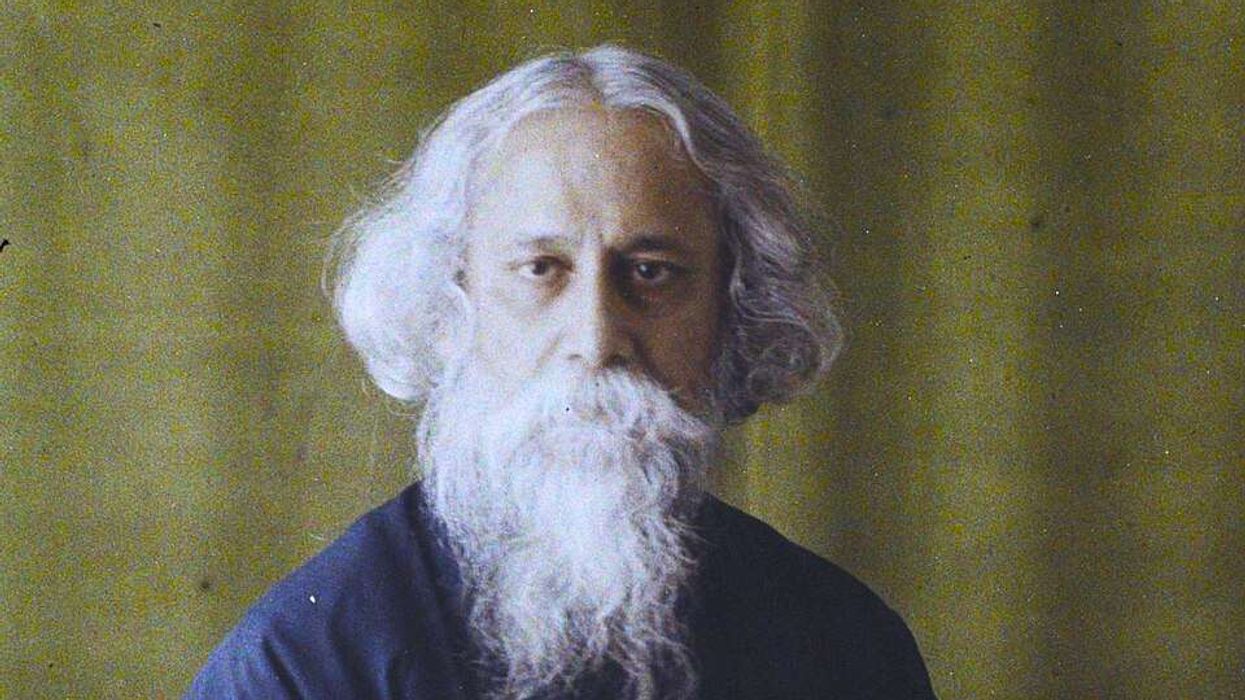
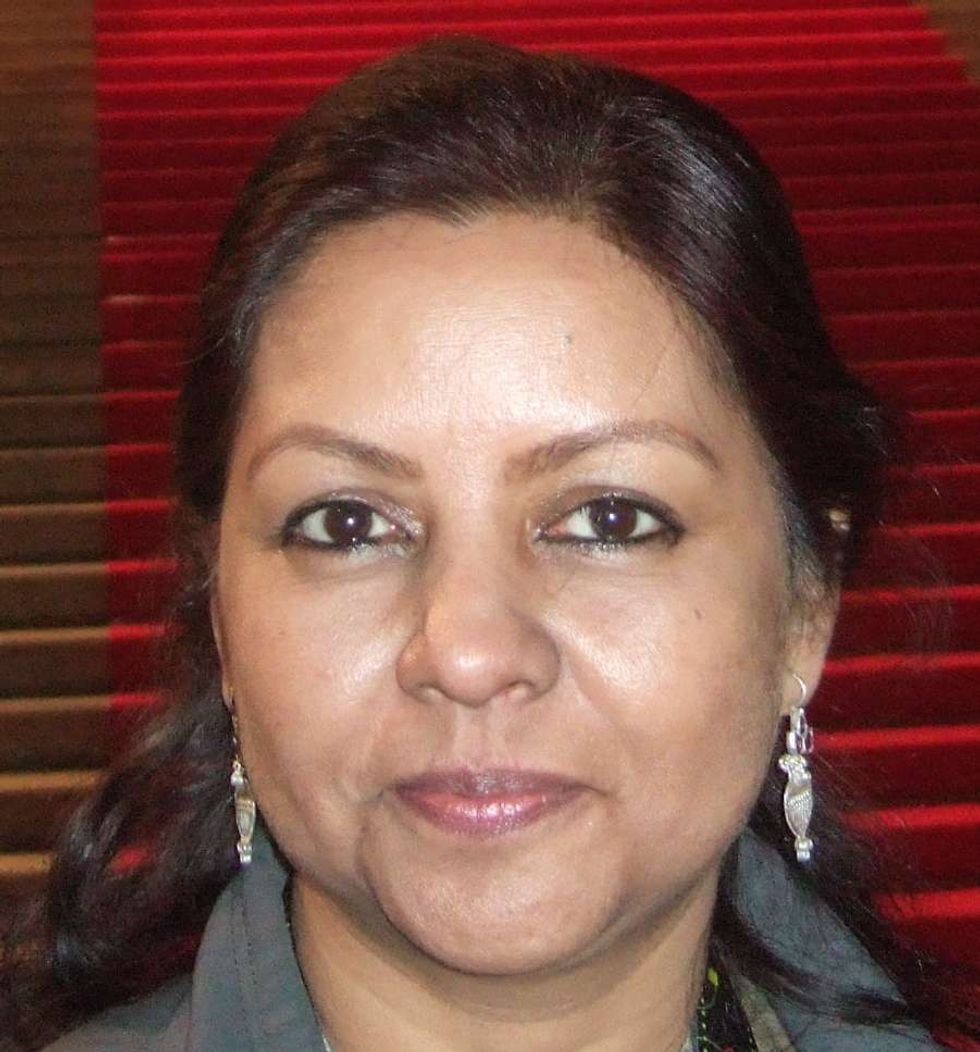 Sangeeta Datta
Sangeeta Datta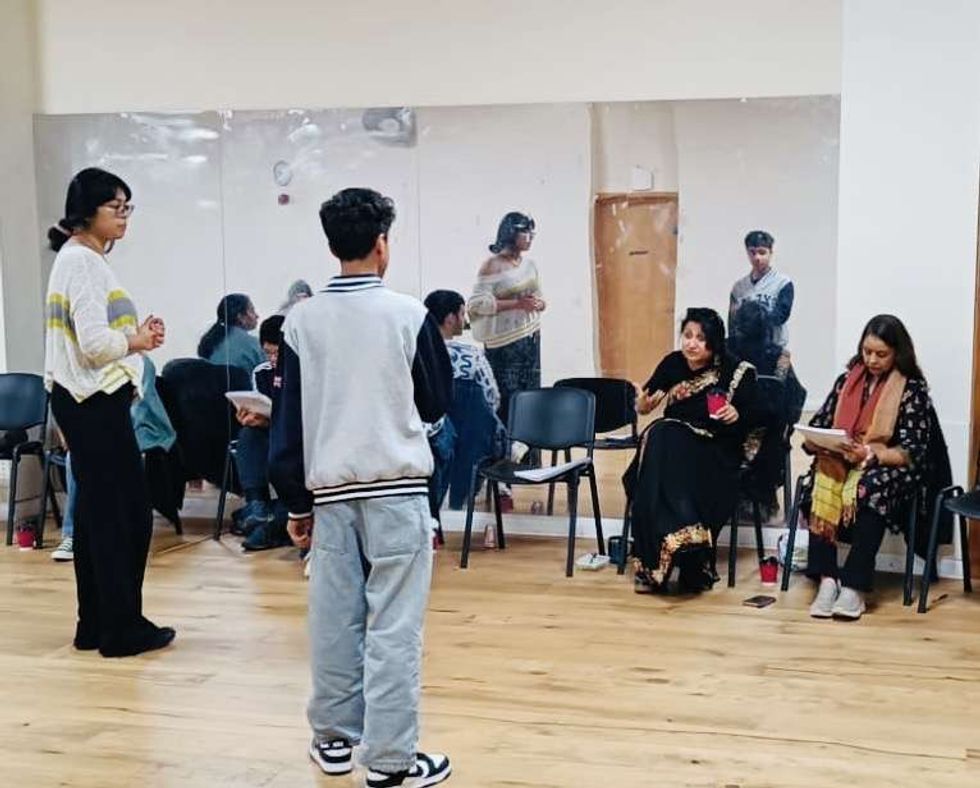 Scenes from the rehearsal
Scenes from the rehearsal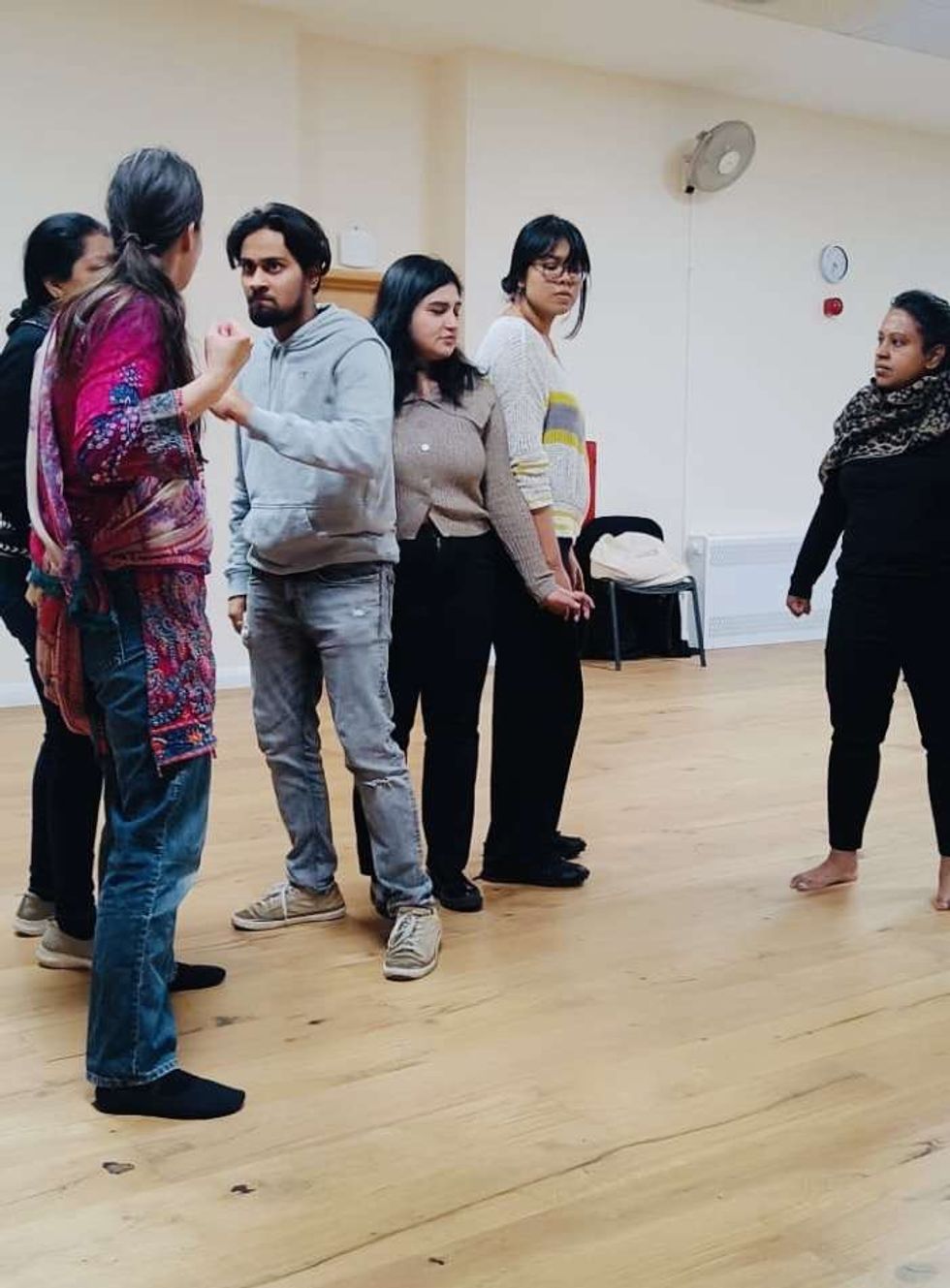 Scenes from the rehearsal
Scenes from the rehearsal

